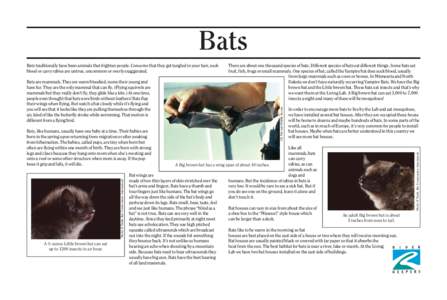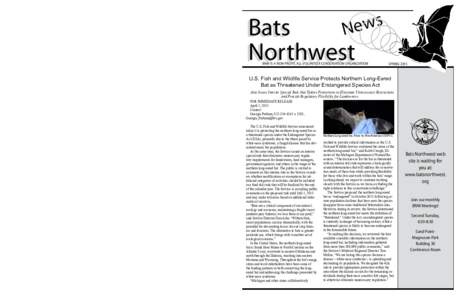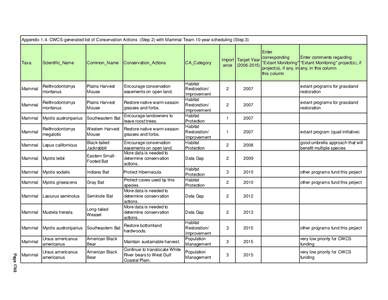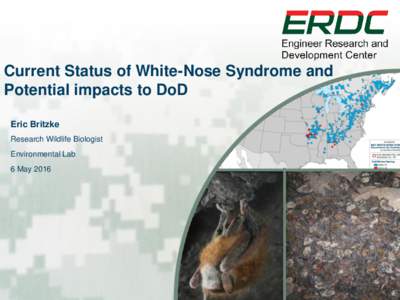 Date: 2016-07-01 21:39:29Bats Bats of the United States Mouse-eared bats Animal flight Night Pollinators Little brown bat Vampire bat Big brown bat Animal echolocation Fear of bats Gambian epauletted fruit bat | |  Bats Merlin D Tuttle, Bat Conservation International Bats, like humans, usually have one baby at a time. Their babies are born in the spring upon returning from migration or after awaking Bats Merlin D Tuttle, Bat Conservation International Bats, like humans, usually have one baby at a time. Their babies are born in the spring upon returning from migration or after awaking
Add to Reading ListSource URL: www.riverkeepers.orgDownload Document from Source Website File Size: 56,63 KBShare Document on Facebook
|






 Bats Merlin D Tuttle, Bat Conservation International Bats, like humans, usually have one baby at a time. Their babies are born in the spring upon returning from migration or after awaking
Bats Merlin D Tuttle, Bat Conservation International Bats, like humans, usually have one baby at a time. Their babies are born in the spring upon returning from migration or after awaking